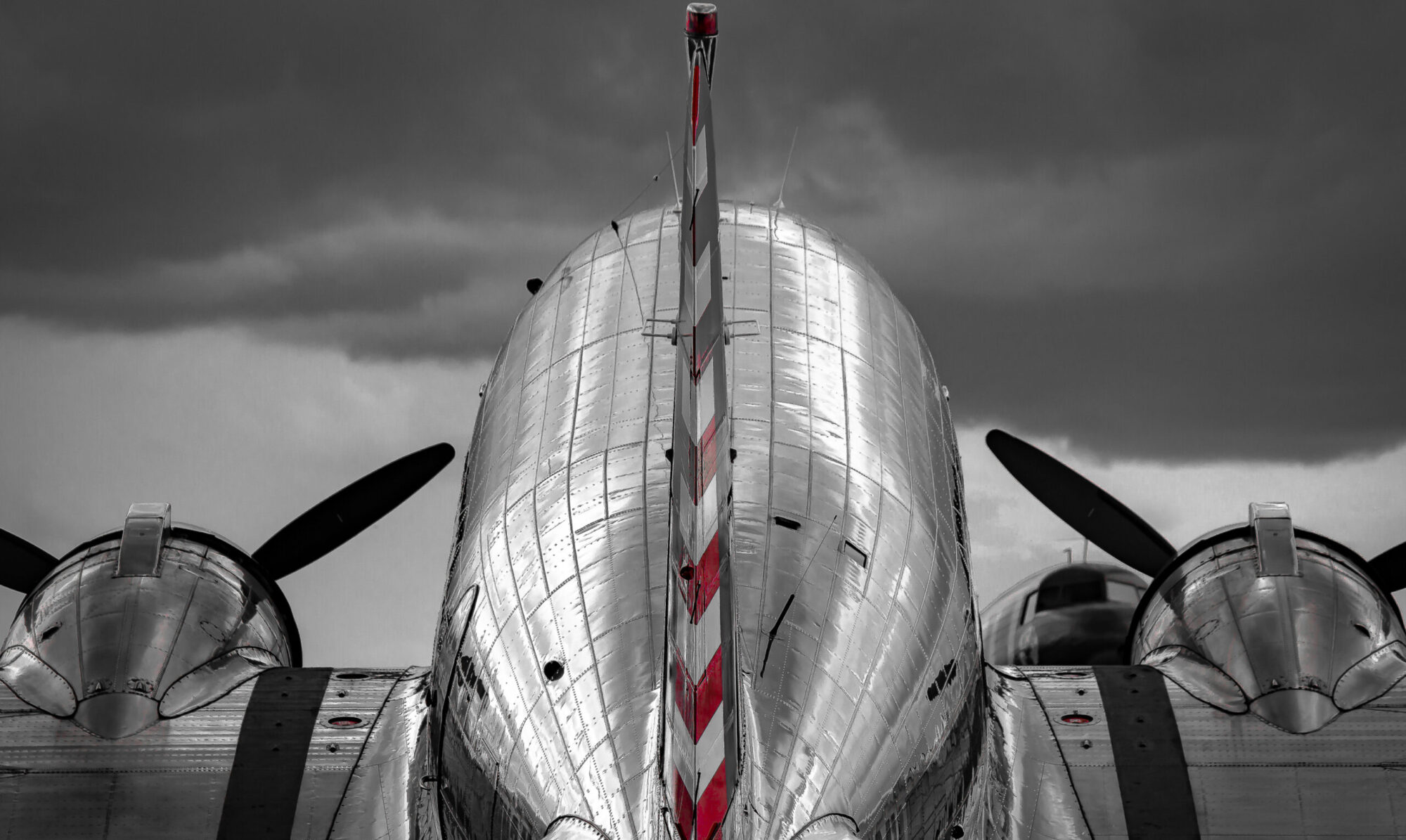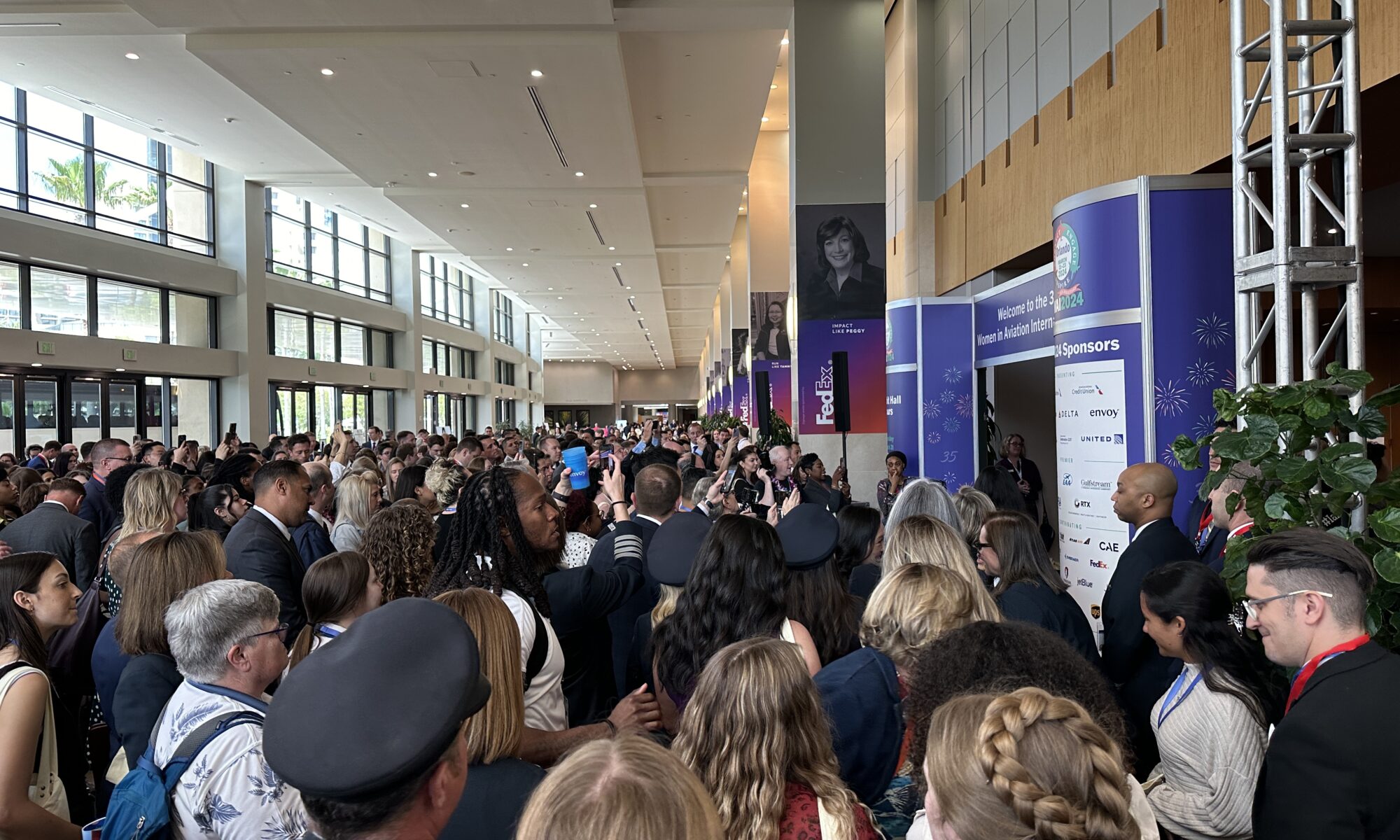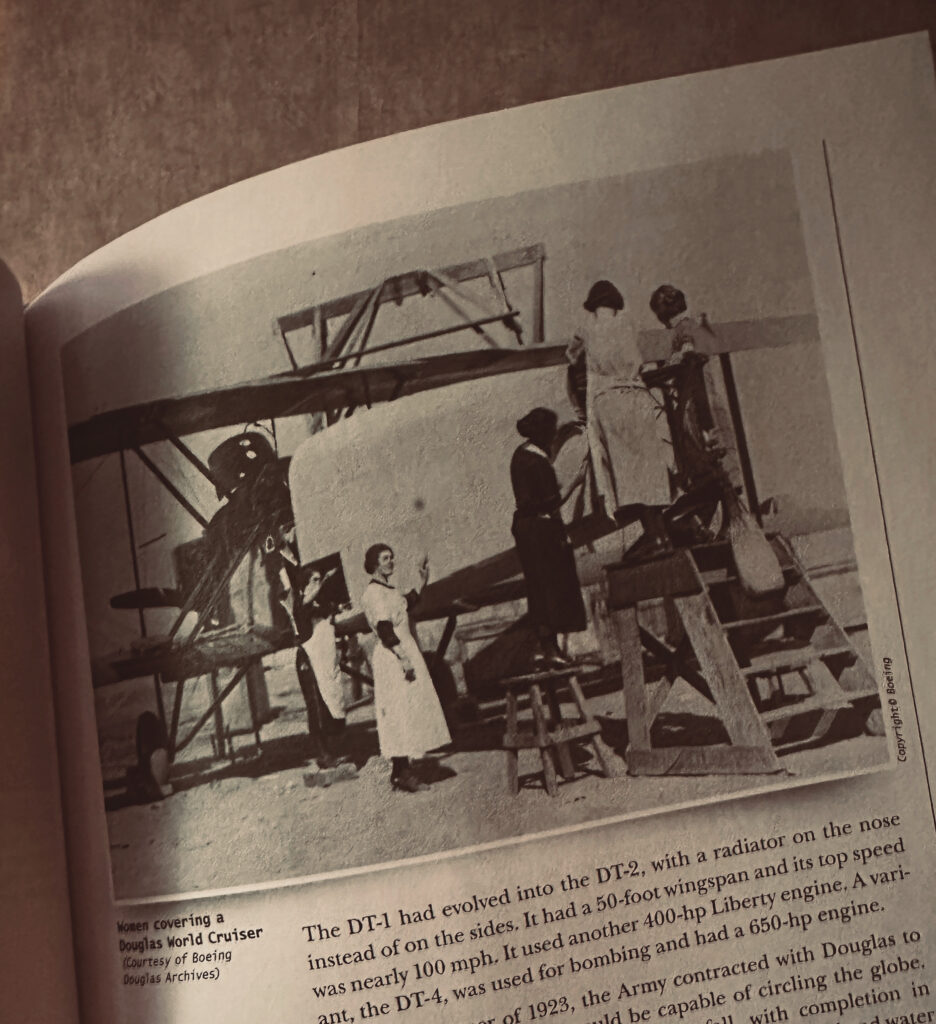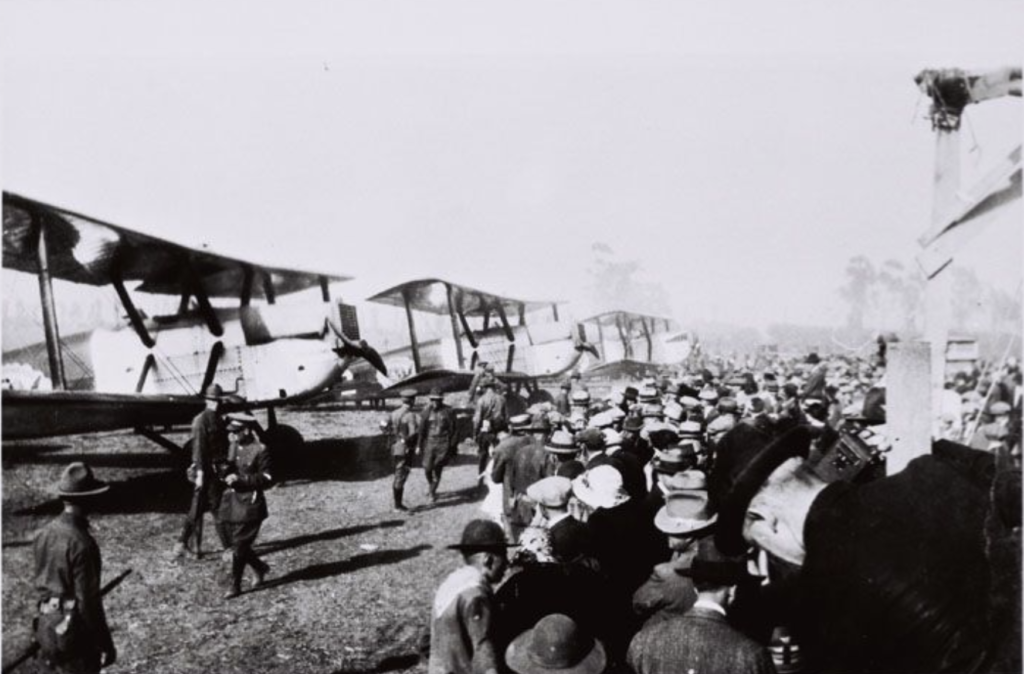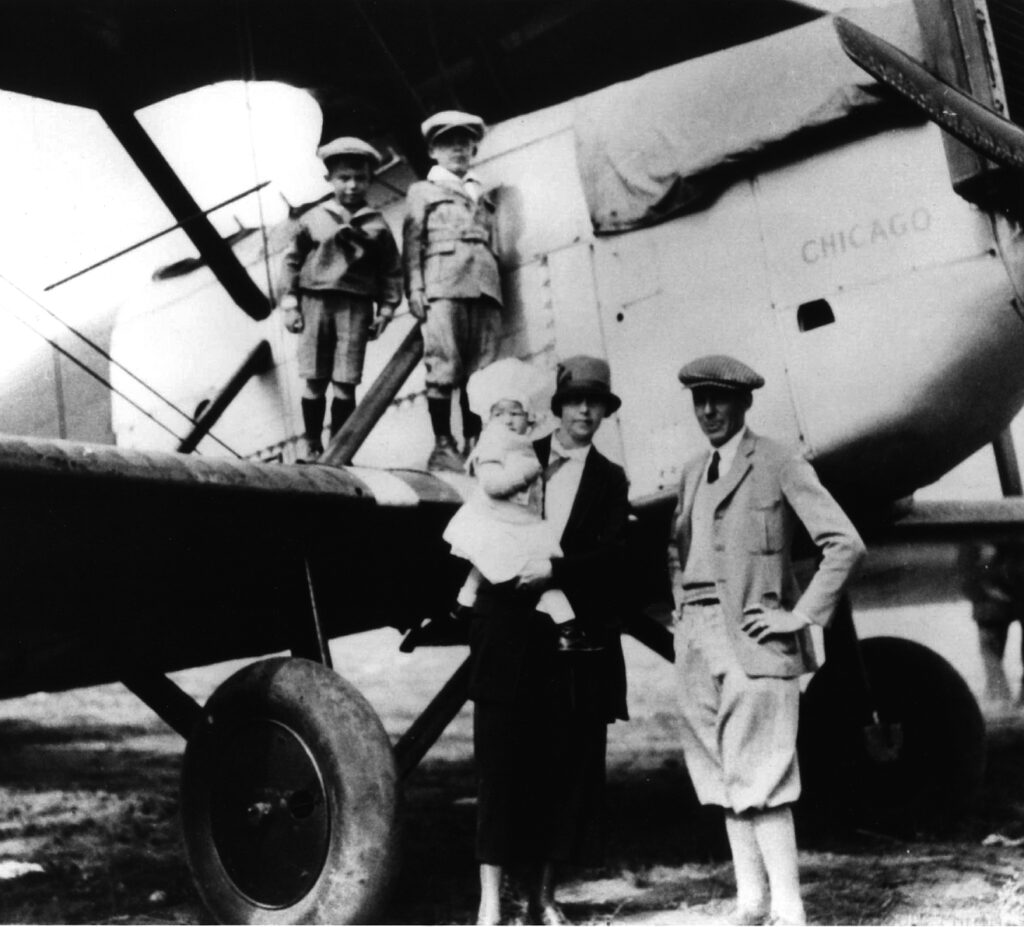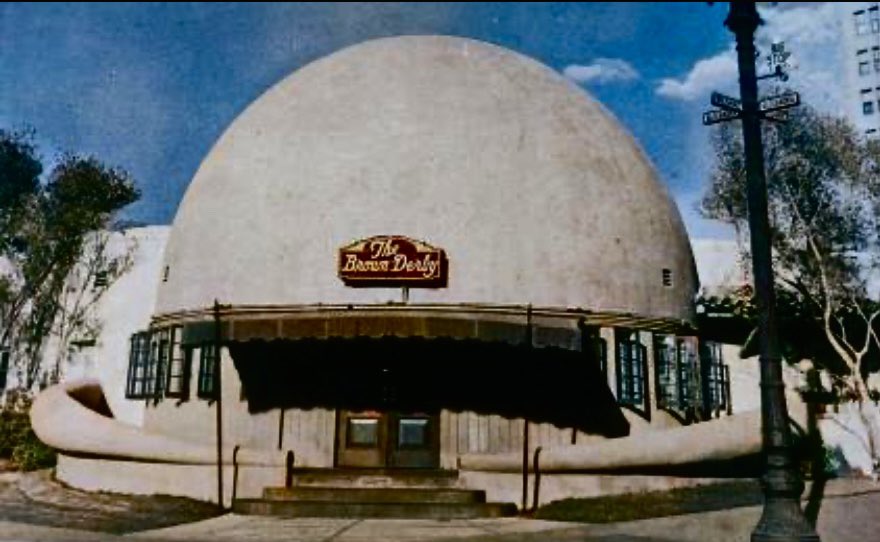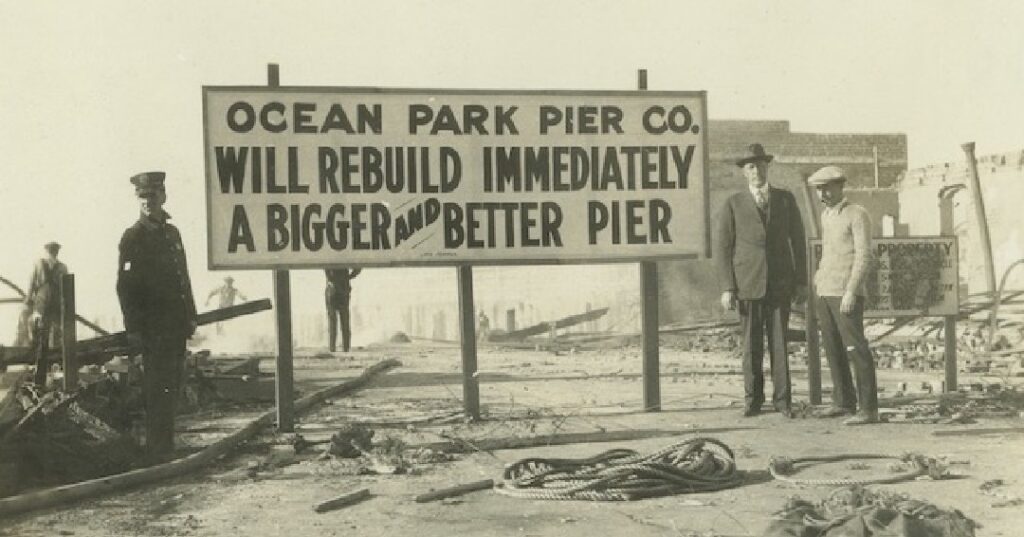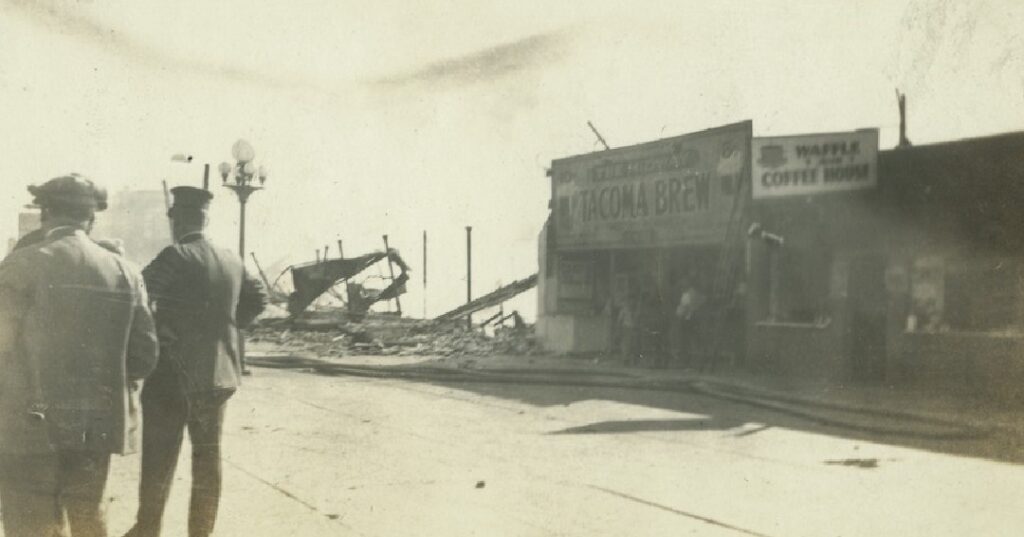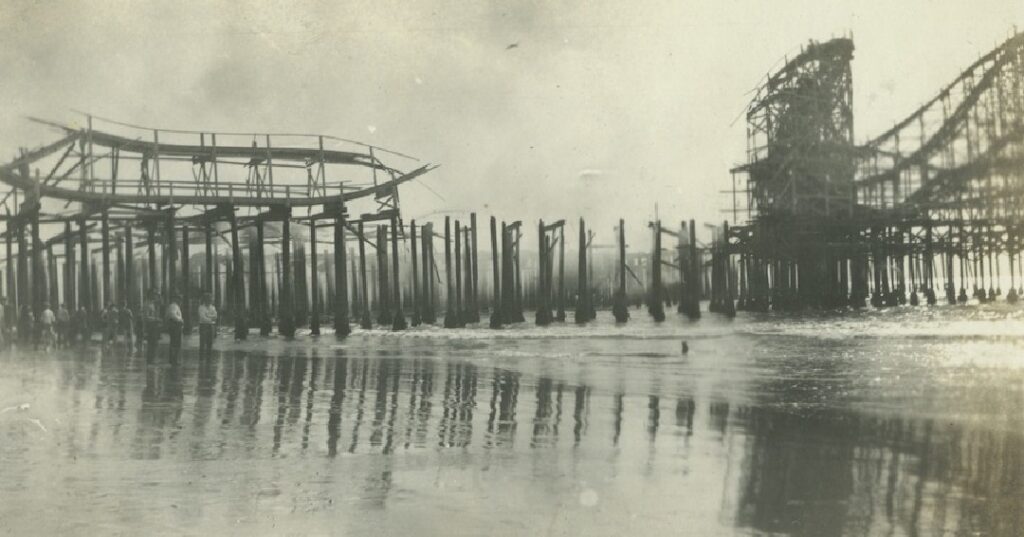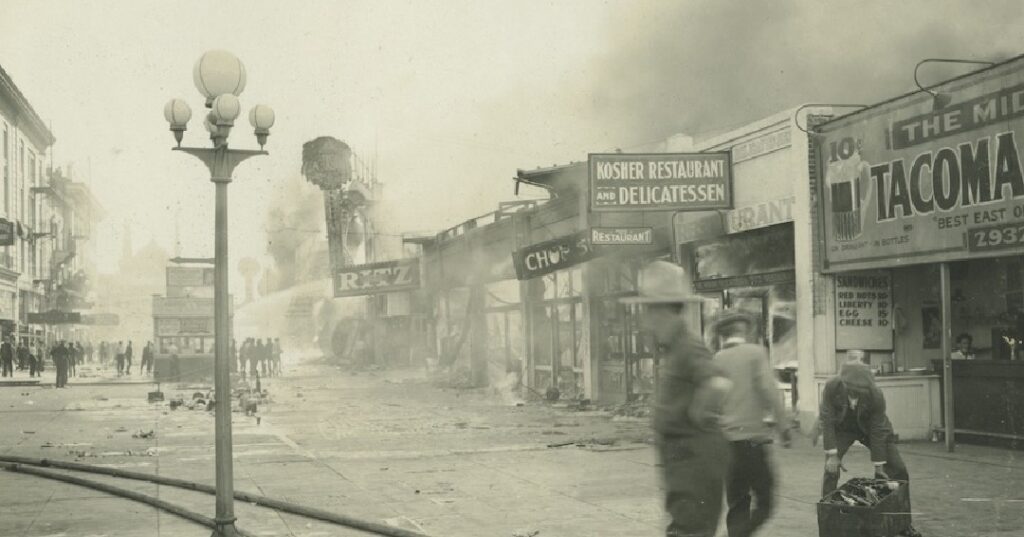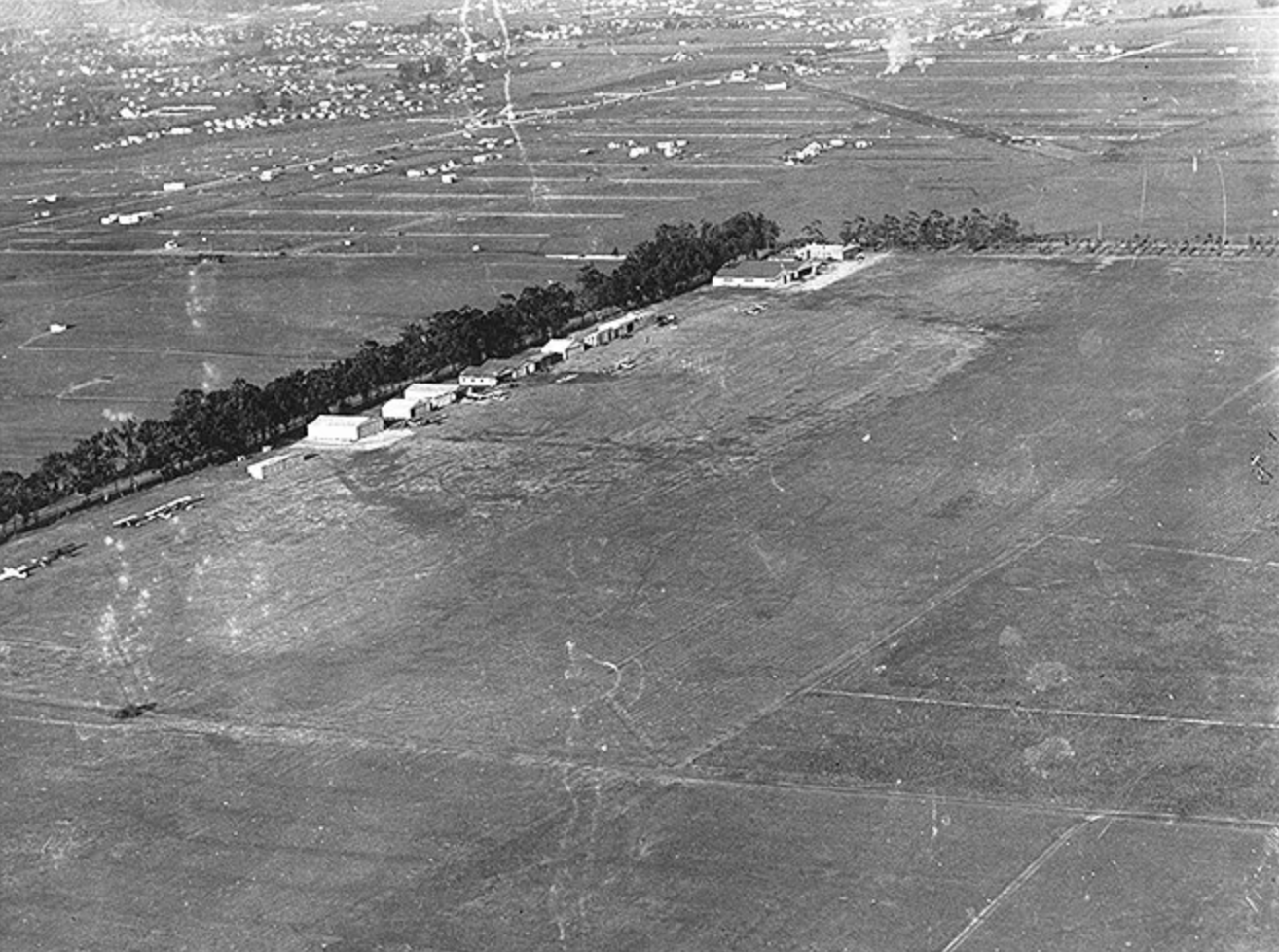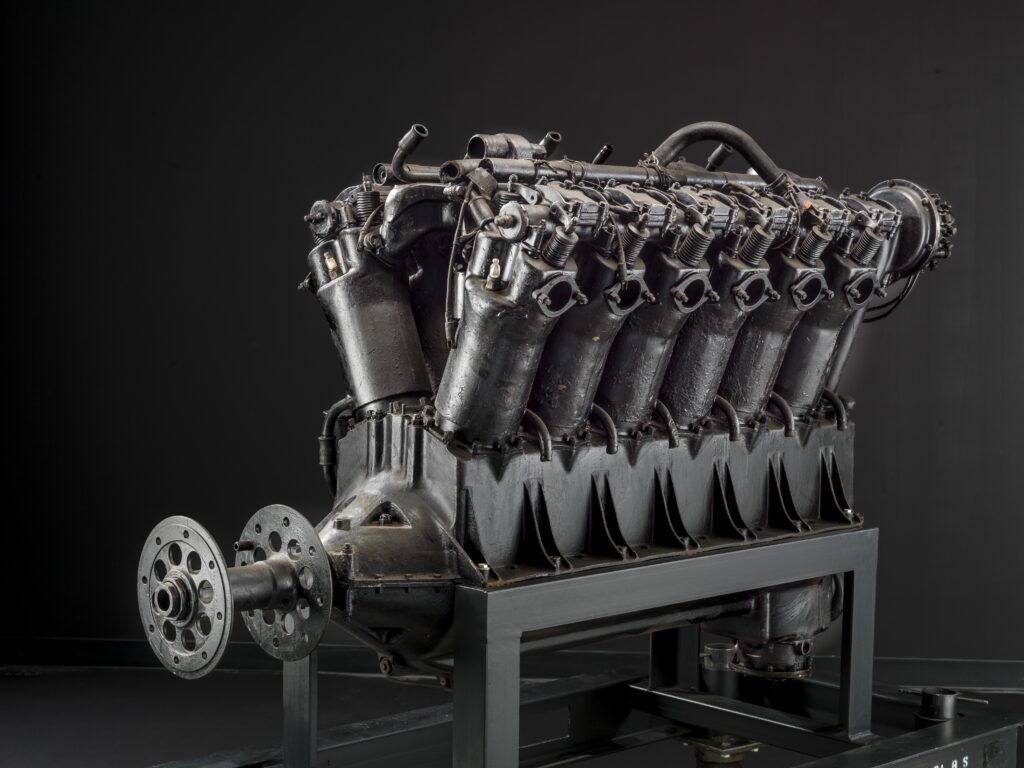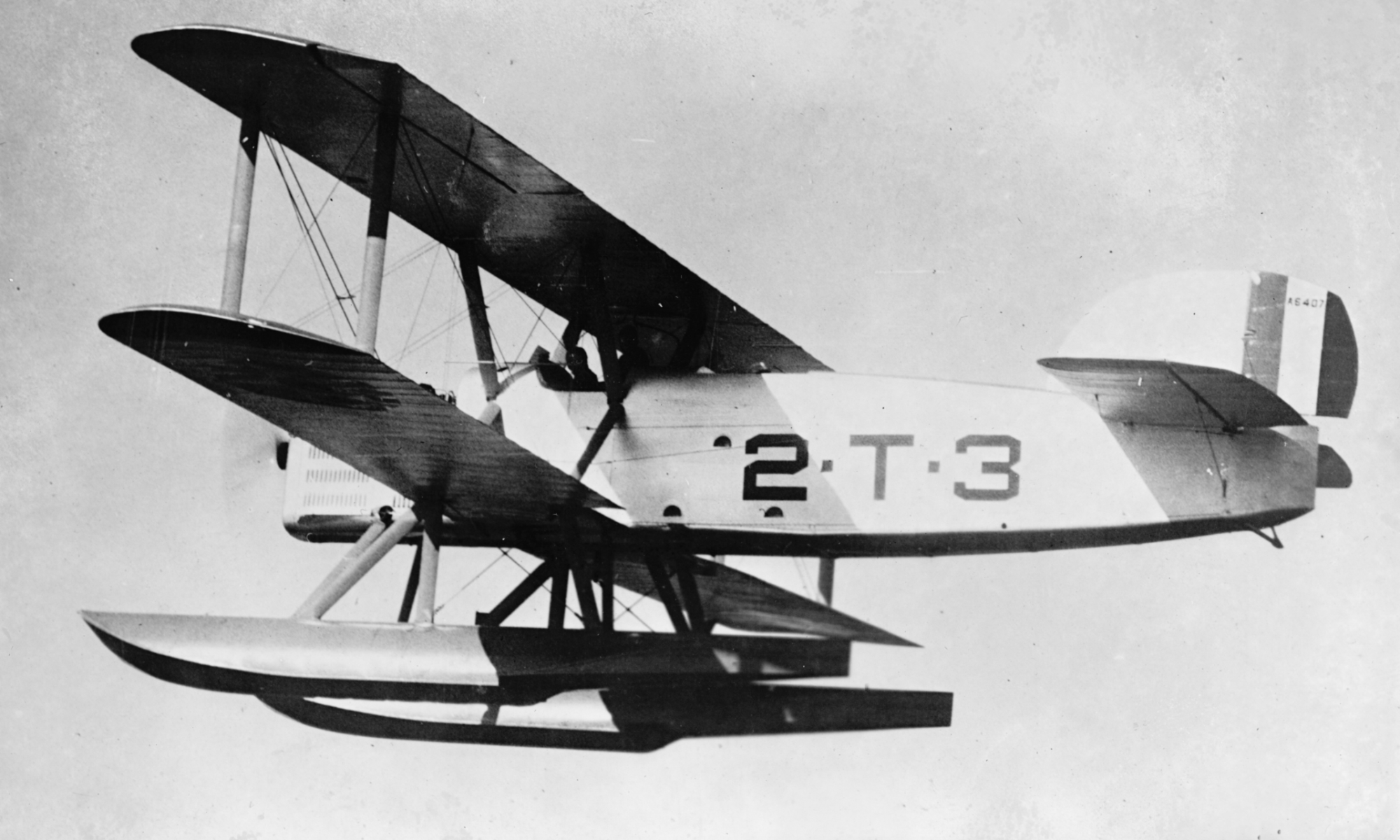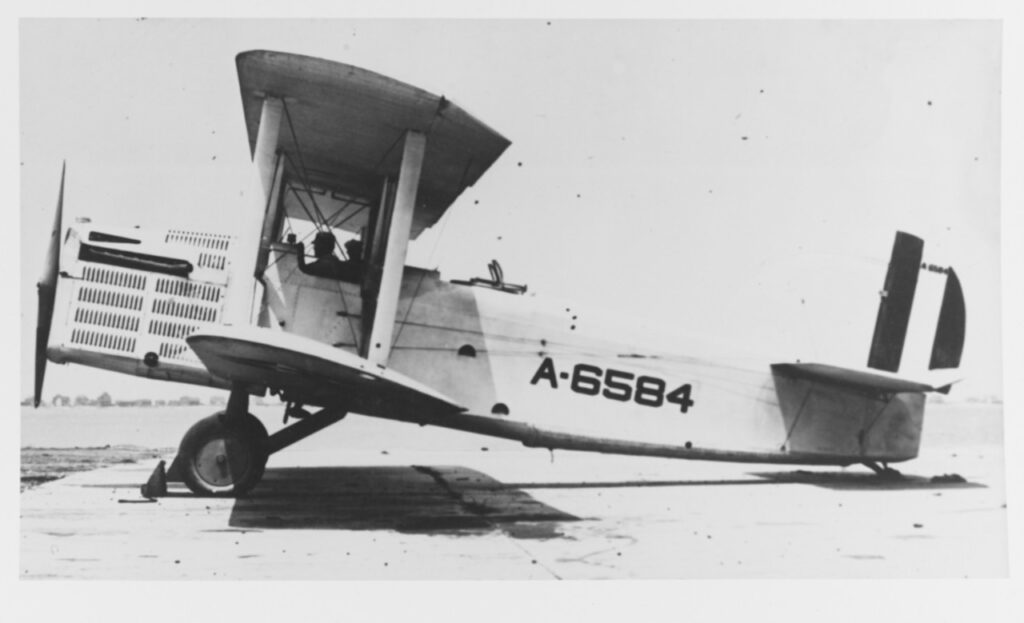Today, on #JustJuliesTakes, I ask the question I heard a couple times last week at the Women in Aviation International conference:
Do We Still Need “Women in Aviation”?
The raw numbers say yes—the percentage of pilots holding ATPs that are women has doubled, but when you start at 3.5% just a few decades ago the meaningful change still leaves much room for growth.
The nature of what it means to be a pilot is changing, as we move away from manual skill towards systems management. The breadth of roles is increasing too, with a variety of piloting jobs available—including those from flight instructor to tourist flights to the super short-haul routes promised by eVTOLs that allow a parent to stay home every night. This reduces a key “barrier to entry” particularly for women who are primary caregivers.
And, though the spectre of forcing people into “traditional roles” keeps popping up even in the U.S., changing attitudes towards women working internationally have reached a tipping point in so many countries that we can consider a future when perhaps this isn’t a “thing”—and we’re serving on an equivalent to the flight deck of the Starship Enterprise, where each person contributes according to their talents and skills. (Thank you “Dragon Lady” Merryl Tengesdal for giving me that analogy.)
Speaking of which, both Dragon Lady (a U-2 pilot) and Caroline Jensen (“Blaze,” a Thunderbird) are moms. In our generation, we went from “no women fighter pilots” to this, normalizing these multifacted roles. Moms are soooo badass!
As for how each woman pilot found our way into the cockpit, all I can say is it’s been through our individual means. Some folks are self-directed and appear to need little encouragement, and some need real prodding before they figure out how to shine on their own. Many of us didn’t “need” WAI or the 99s or ISA+21… but those groups have been here to support us and cheer us on anyway. For others, the “hand up” has been priceless.
I foresee a time—10 years? 20?—when we no longer need the distinction of WAI and the 99s any more than we’ll have the QBs (Quiet Birdmen).
Maybe then, the conference will remain the main event, but simply settle into its role as a careers conference for all genders to attend—kinda like today—one that just so happens to do what it does better than most other venues for networking and recruitment. Maybe because we have made it such a nurturing environment that all young professionals appreciate. And it does so around the core of celebrating women within its sectors.
Hey—it’s kinda there already, a marvelous pathway for a diverse group of people to learn about all the roles possible in aviation. Not just pilots.
And as long as we need the beacon to shine the light for more people to follow and join our ranks, we need to preserve as many pathways into the dream as possible.
